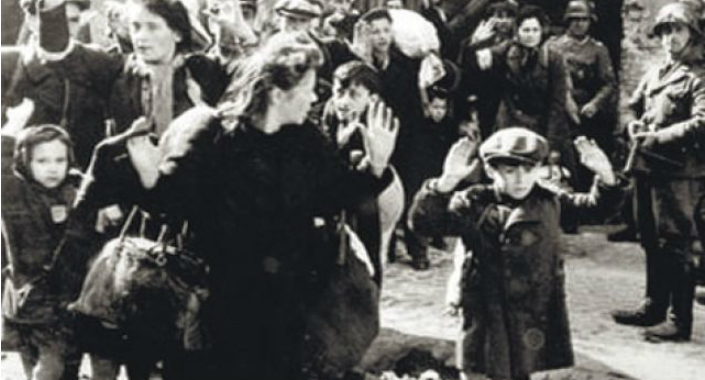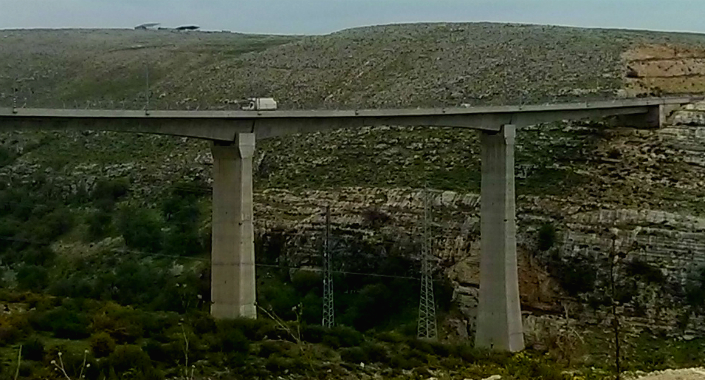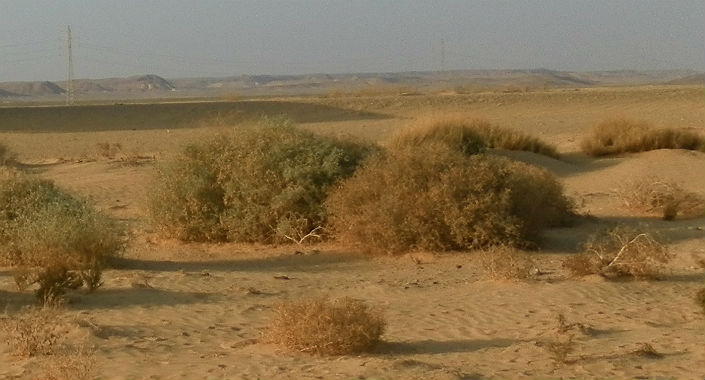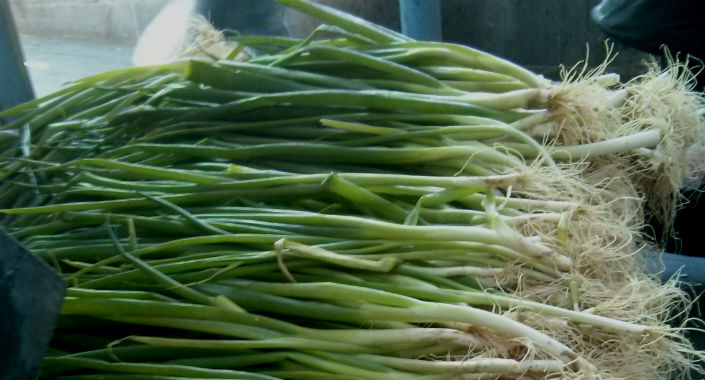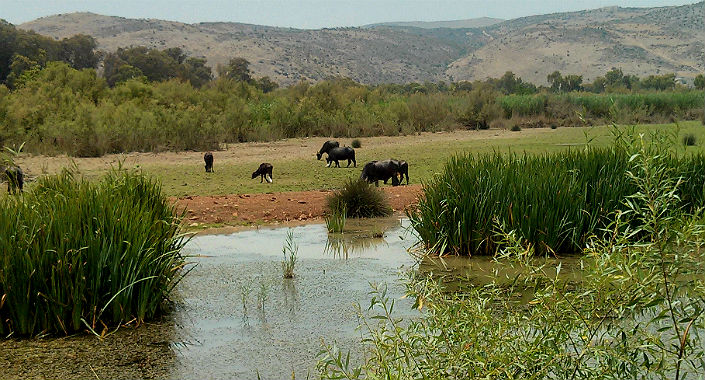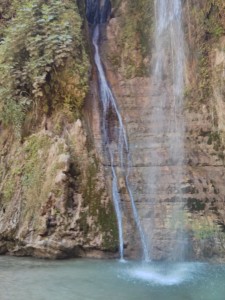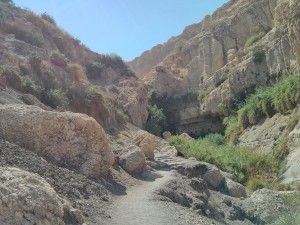
Last week Israel was hit by a snow storm the likes of which hasn’t been seen in over 100 years. In all honesty, usually when there is snow in Jerusalem it is barely a centimeter. The entire city shuts down and i laugh. After all- growing up in Canada- I experienced my fair share of snow storms and cold. But this storm was bigger than most of the storms that I remember…
This particular storm started with torrential downpours on Tues. Dec. 10. The next morning I travelled to Ein Prat which is a nature reserve in one of the valleys of the Judean Desert. The rain was falling non-stop, and it was cold- cold enough for me to wear a jacket, pants and closed shoes- all three of which I rarely wear.
While I was at Ein Prat I had the opportunity to see a shitafon (flash flood) from a safe location. From a slow moving shallow stream of clear water- I could hear the water rumbling in the distance- the stream suddenly rose about a meter in depth and the clear water was replaced by brown muddy water. I always find it awe inspiring to witness the strengths of nature..
That night (Wed. Dec.11) I stayed with friends in Jerusalem on the off chance that I may get to see some snow in the night. I had gotten messages from family in the mountains of Samaria that they had snow, so I woke up at 6 which was supposed to be the coldest point of the day expecting to see snow.
There still wasn’t any in Jerusalem, so I went back to sleep.
At 7:20 my friend woke me up because the snow had started to fall. After two hours there was more than enough to have a snow ball fight- so we did.
Untill the mid afternoon the snow continued to fall. Jerusalem doesn’t really have snow plows nor do cars have winter tires- so the city came to a stand-still. I began to worry about how I would get out of Jerusalem back to my family as the roads to and from Jerusalem were blocked by snow.
The roads were opened for a few hours during a lull in the snow fall and I managed to get back home. Soon after I left Jerusalem the snow began falling again and continued to fall until Saturday.
The storm was so severe that it was even named! It’s name is Alexa.
Many houses were cut off from electricity, cellular towers fell and roads were blocked leaving many towns and cities completely isolated.
My family in Samaria was stuck in their house without electricity for 3 days until jeeps were able to evacuate them. Almost a meter of snow fell in their settlement.
The city of Tzfat was also blocked off from the rest of the country for a few days. Jerusalem saw around 50cm of snow. Only now, 3 days later, are people in Jerusalem starting to go to work and children starting to go to school.
3 days after the storm more than 14 thousand houses still don’t have power. That’s a bigger problem than you may think because houses in Israel have very little insulation. Even when heaters are on the houses are still cold.
My extended family with whom we had lost contact with for a few days are O.K..
For my part- I got to play in the snow. All of us are still cold and wondering if we’ll see any more snow this year….
